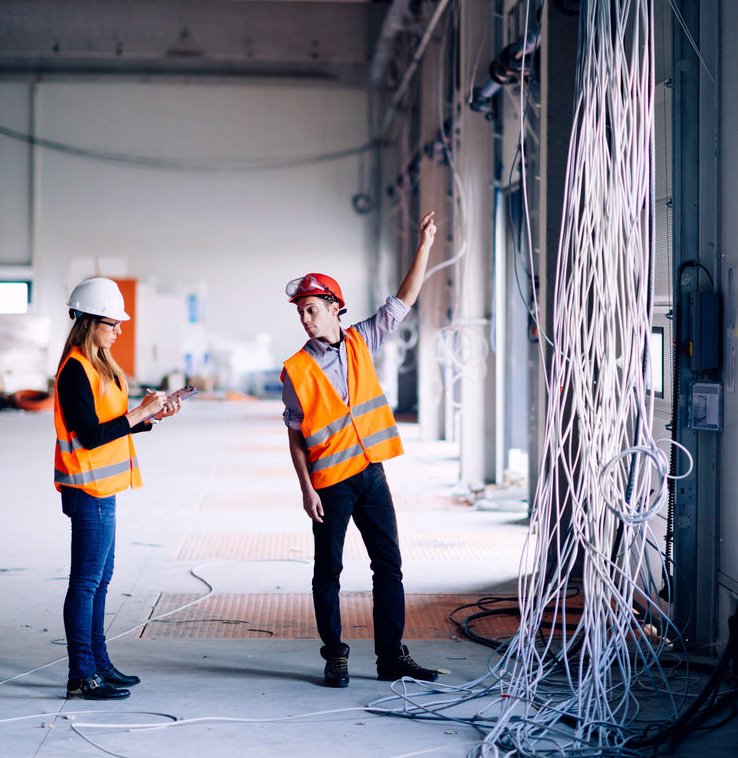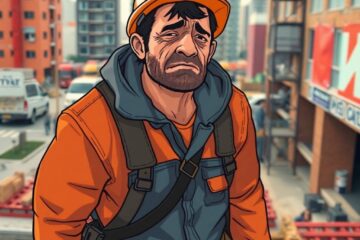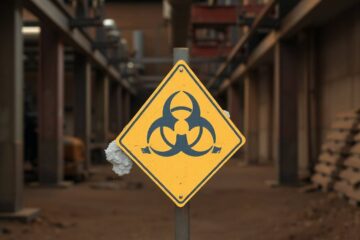Often business owners ask us how they can ensure they are meeting their WHS obligations so that if an inspector arrives on site they won’t be fined or have their site shut down. Even if you are doing everything by the book, it can feel uncomfortable having an inspector hanging around your site perhaps judging your every move to see if you are doing something that will get you fined or if you have missed something.

While most inspectors have no interest in trying to ruin your business, by taking heed of a few basic guidelines not only will you lessen the chances of an inspector visiting your site and finding an issue, you will also have a safer workplace overall. Having a safe worksite reduces the risk of injury to workers and others, saves you money in the long run and gives you peace of mind that you are doing the right thing in the event of an incident occurring.
Easy ways to ensure a safe work site:
Good Housekeeping
By following good housekeeping practices you will lessen the risk of workers and others injuring themselves with slips, trips and falls. Although inspectors recognise your business is literally a construction site and as such will look like one, if your site looks like a dump with materials and rubbish all over the place they are more likely to stop and visit your site. A messy, unorganised site will often be lacking in other areas too.
Good Signage
Ensure you have the appropriate builders signage up in an easy to be seen location. Don’t cop out on signage for the sake of a few bucks. If it looks like you are taking shortcuts with signage, an inspector will wonder what else you are taking shortcuts with. Signage is there for a reason, workers aren’t the only ones who need to be aware of who is in charge of the site or what PPE is required.
Maintained Site Security
If you are required to have site security such as fencing ensure it is well maintained. Fallen fences or impromptu fences are just asking for attention from inspectors and people who shouldn’t be on site.
Site Boundaries
On small residential sites it can be tough to manage where materials and equipment are stored overnight and even during the day when there are workers and deliveries constantly coming and going; however by keeping within the site boundaries you are less likely to come to the attention of locals who may make complaints, or be injured.
Qualifications/Licences
There are a couple of things an inspector usually asks for when he visits a site, and one of those is all present workers construction white cards, plus any other licences and qualifications required for their work. By ensuring you have seen all your workers/subcontractors you will be safe in the knowledge that you won’t get pinged for that infringement. It also ensures that everyone on site is qualified to safely complete the work for which you have engaged them.
Safety Docs
Safety documents are the thing most builders and tradies worry about most and with good reason. Without them you could be fined, have your site shut down or worse if an incident occurs; safety docs are the other thing an inspector will ask to have a look at when he visits your site. While having safety docs won’t stop an inspector visiting, it will show him you are serious about safety and are doing what is ‘reasonably practicable’ to manage the safety of your workers.
Many people question whether a safe work method statement or a work health and safety management plan actually does anything, after all it’s just a few pieces of paper. These documents weren’t developed to magically stop incidents and injuries occuring, or to annoy business owners they were developed as a communication tool so that everyone doing the work is aware of the risks, hazards involved, and how they can be controlled. They are in writing to provide evidence that certain standards, actions and behaviours are expected on the work site, and that they have been conveyed to those who need to know.
Safe-R Outcomes documents also may provide prompts so if you aren’t sure of the requirements, you can refer back to your documents for clarification.
Unfortunately the fact is that you can’t always prevent incidents and injuries occuring, nor can you stop an inspector visiting your worksite. However you can minimise the chances of it occurring, and you can also reduce the consequences and effects if something does go wrong.


